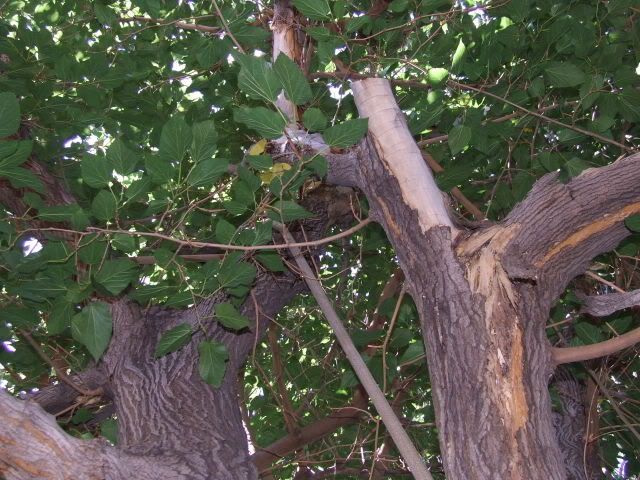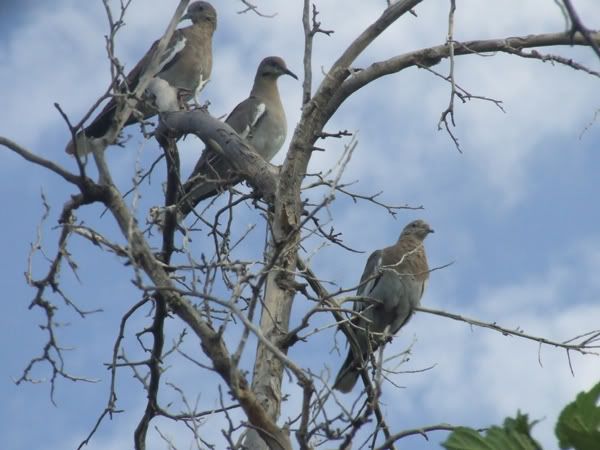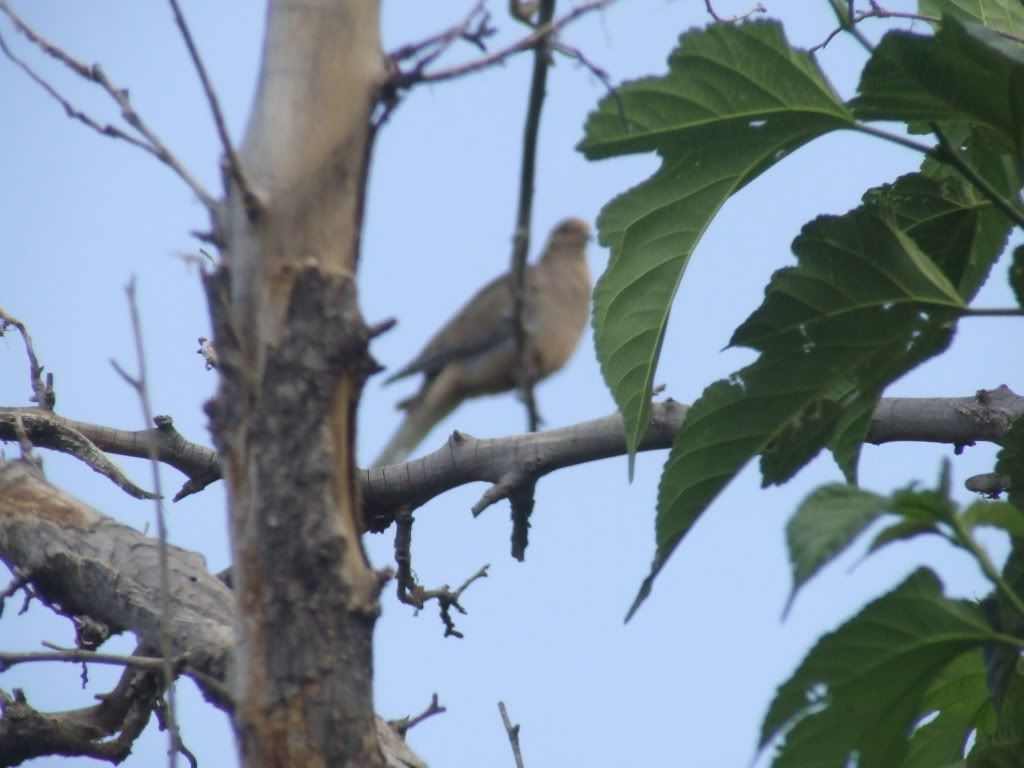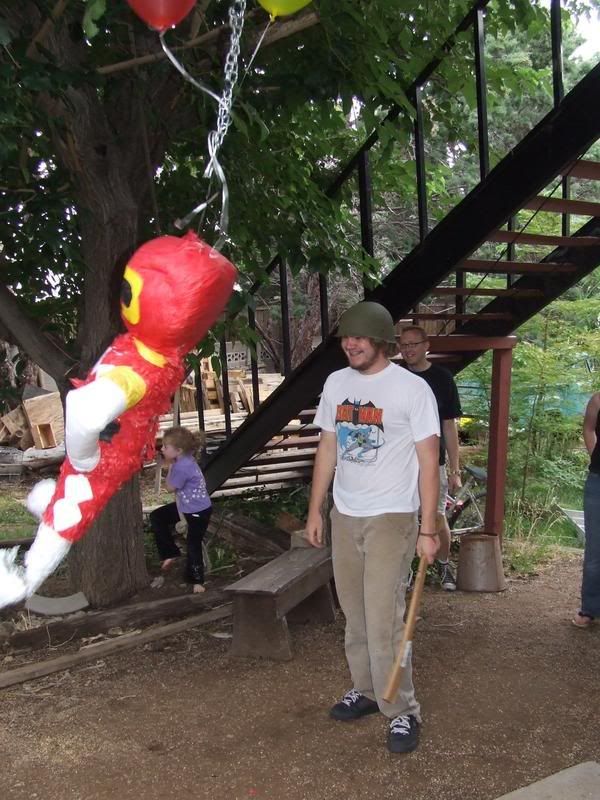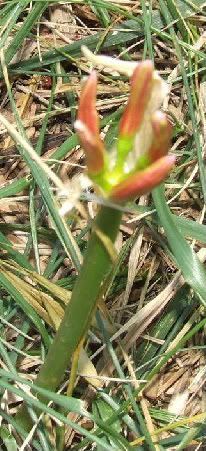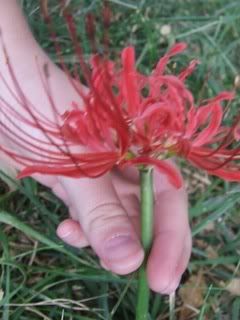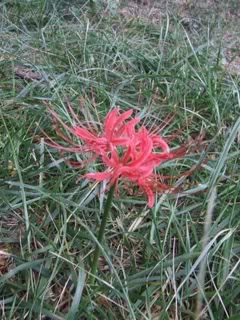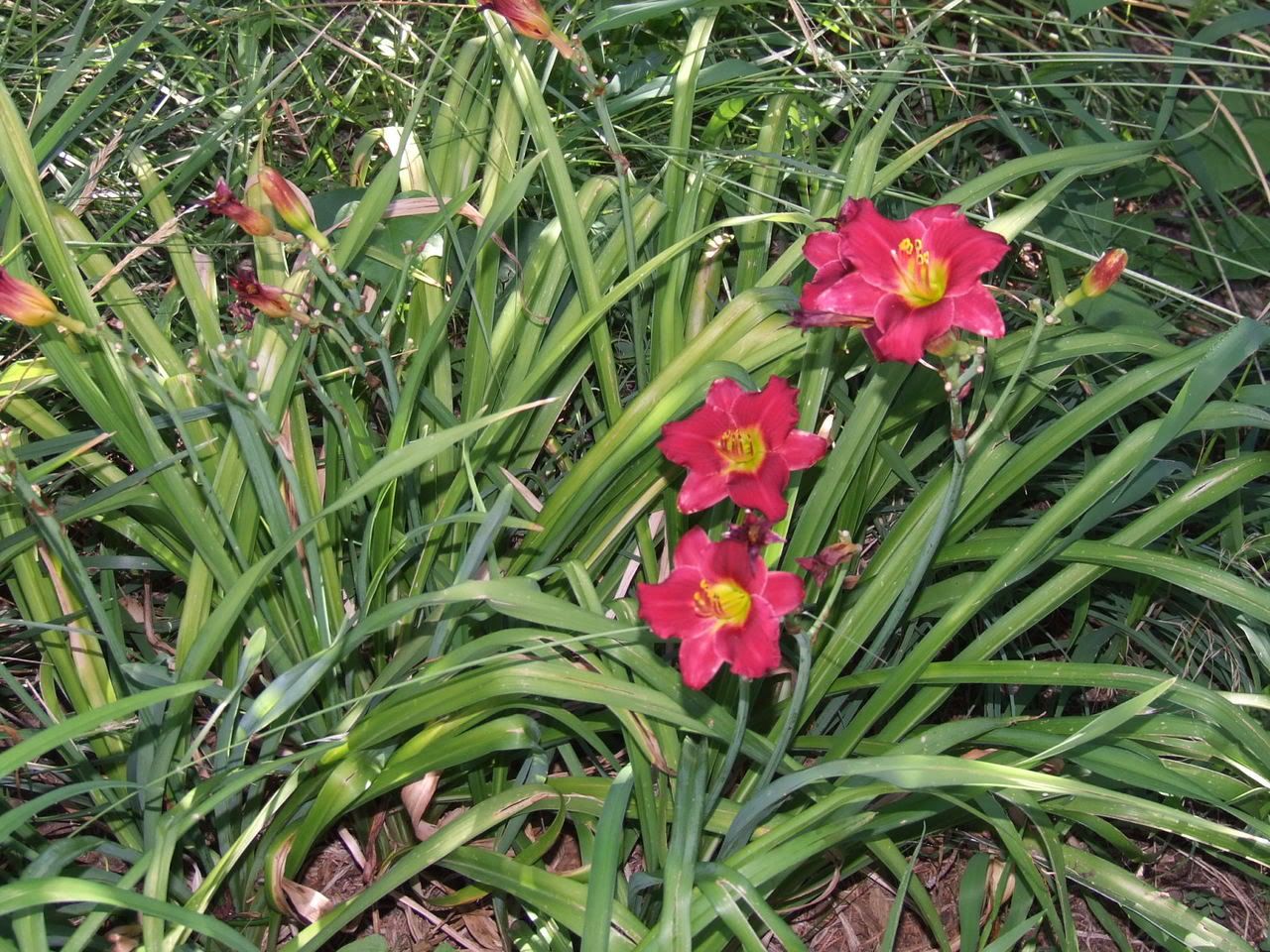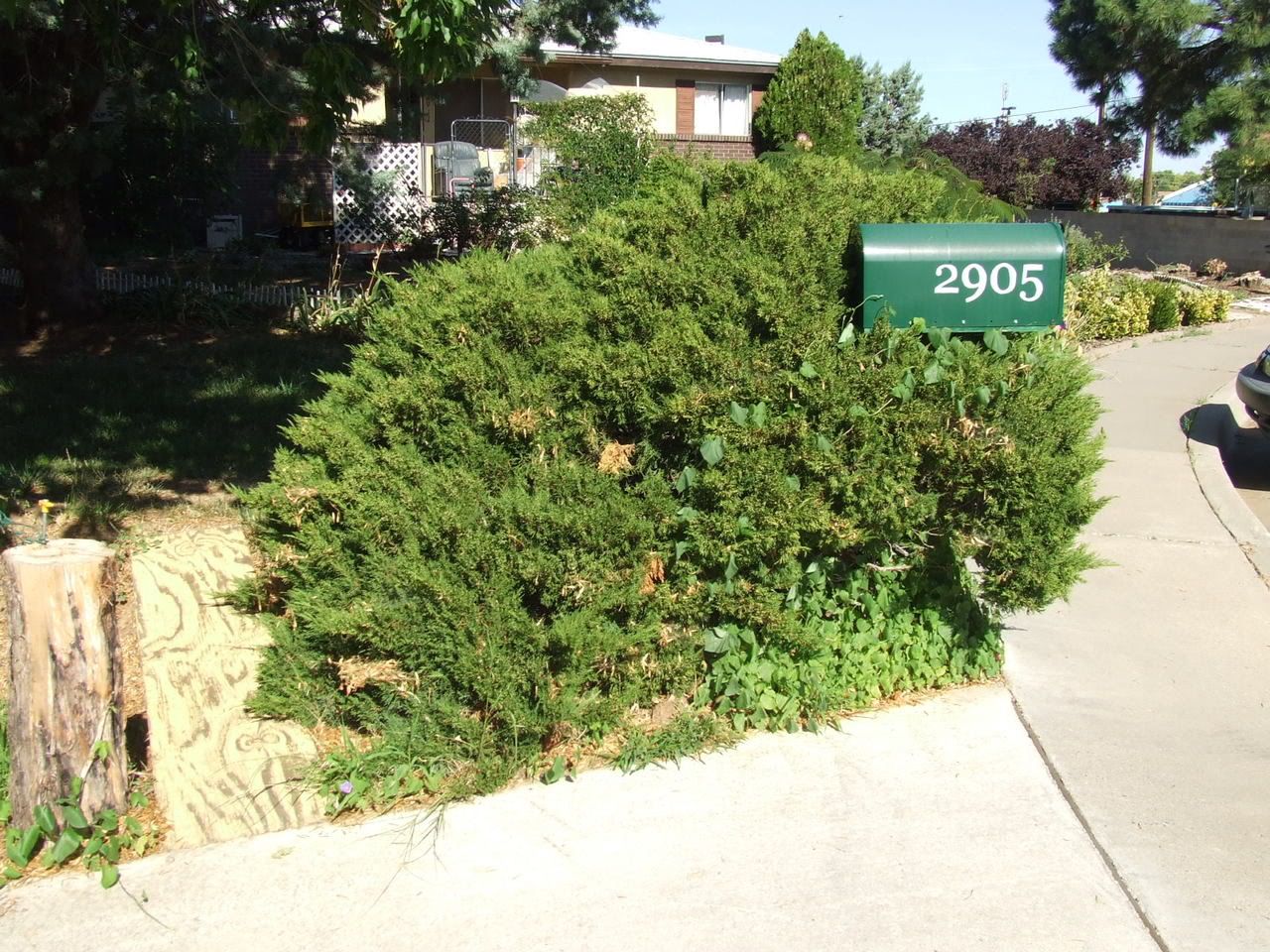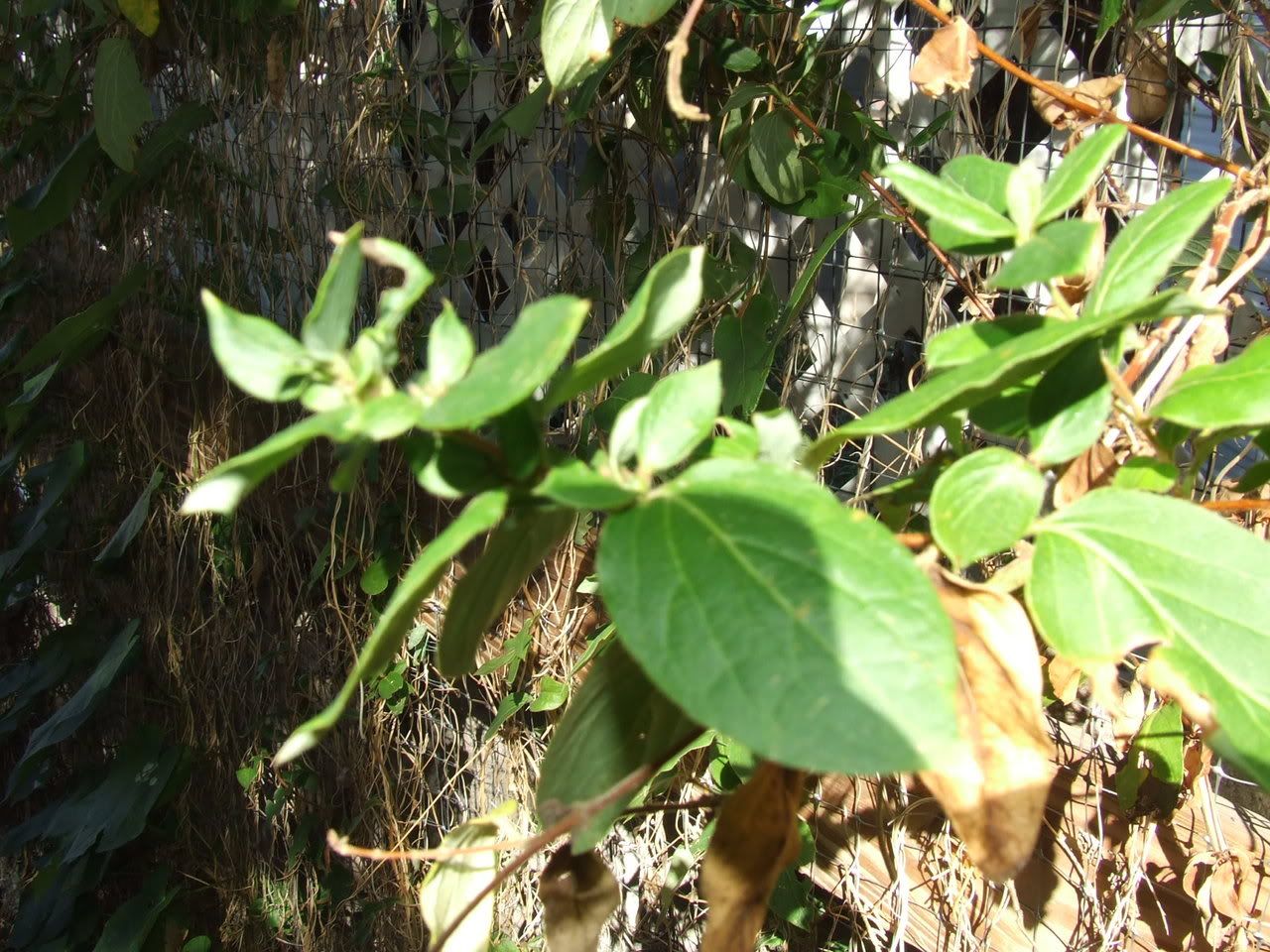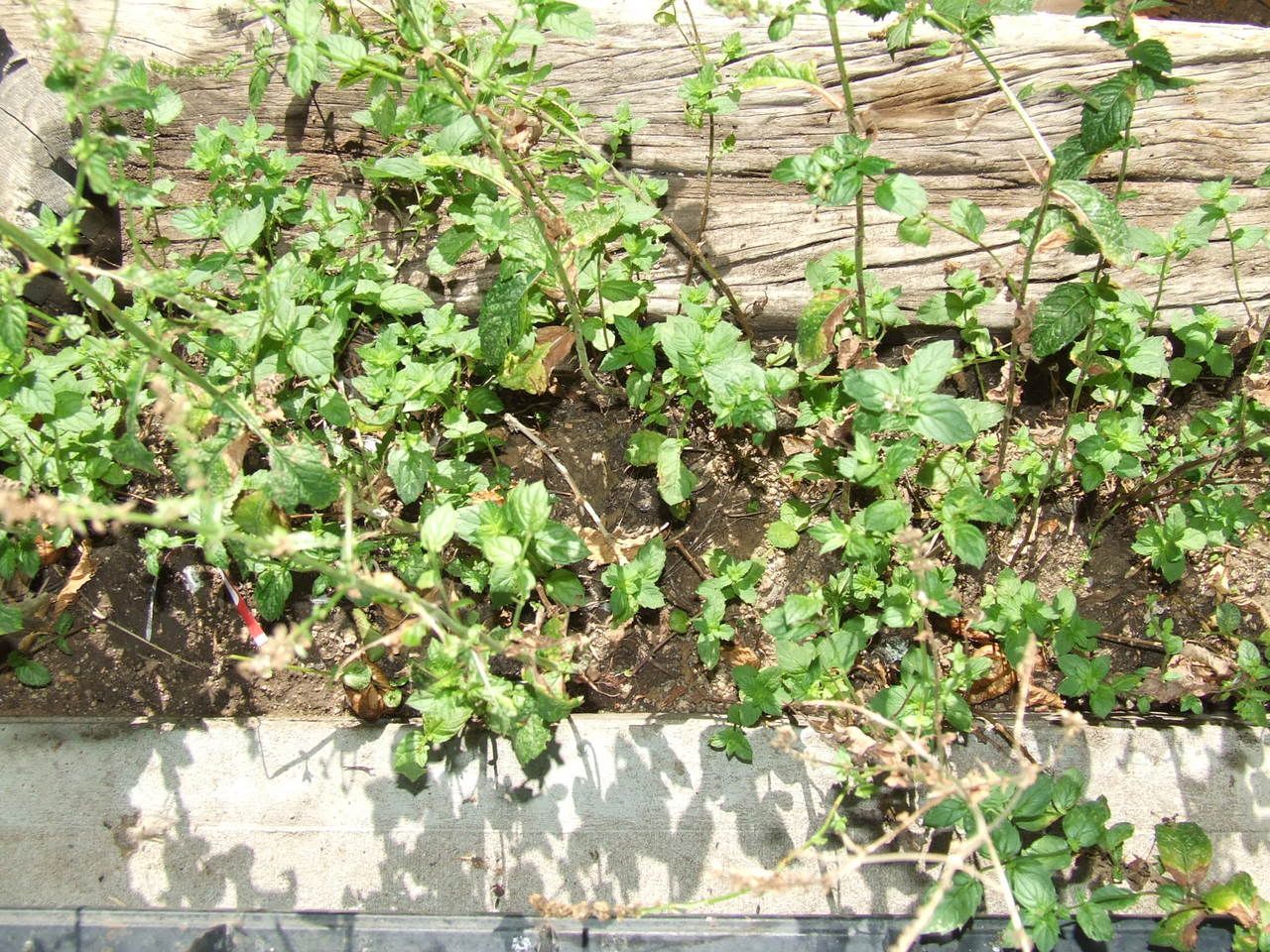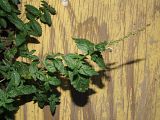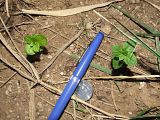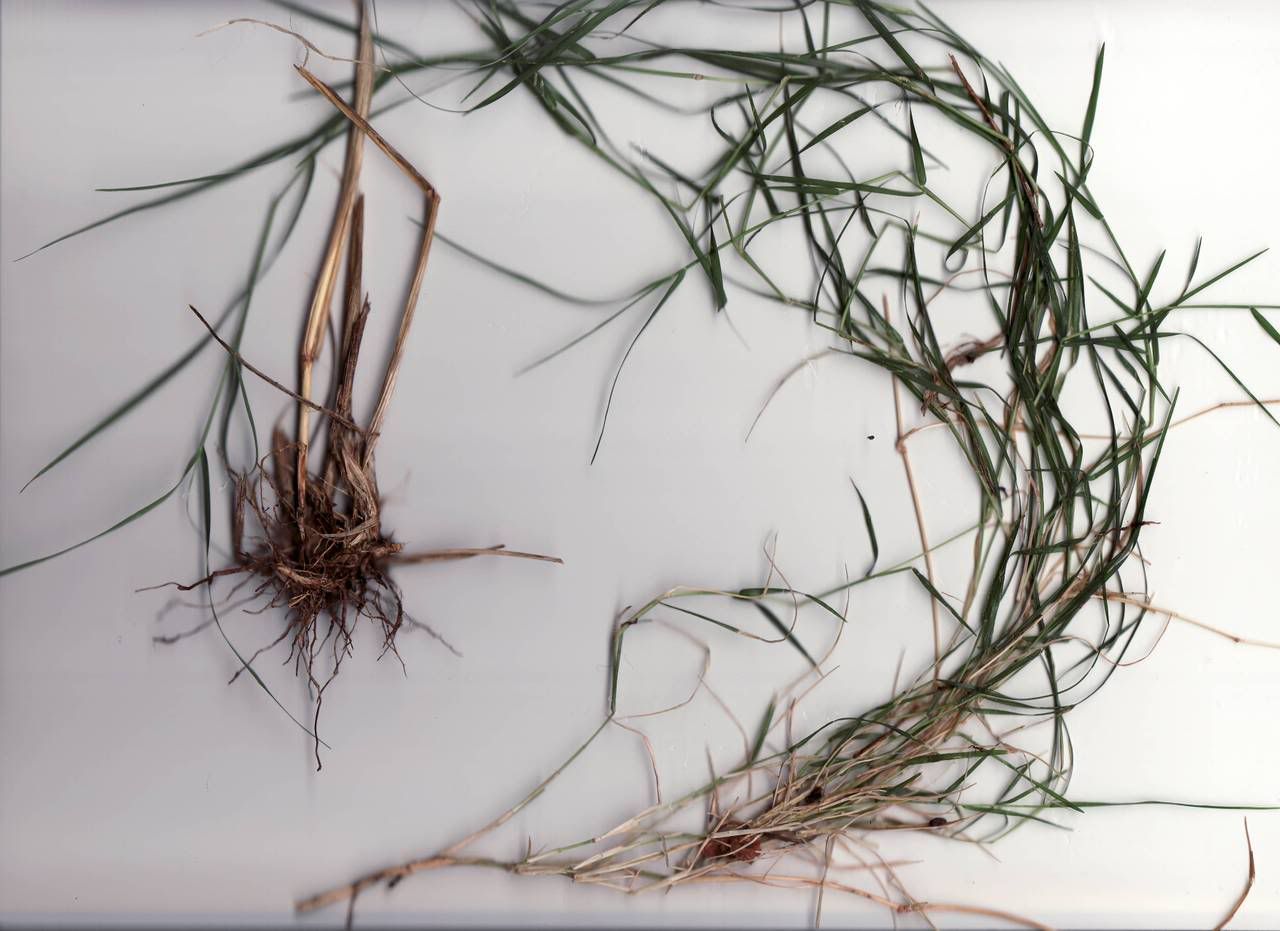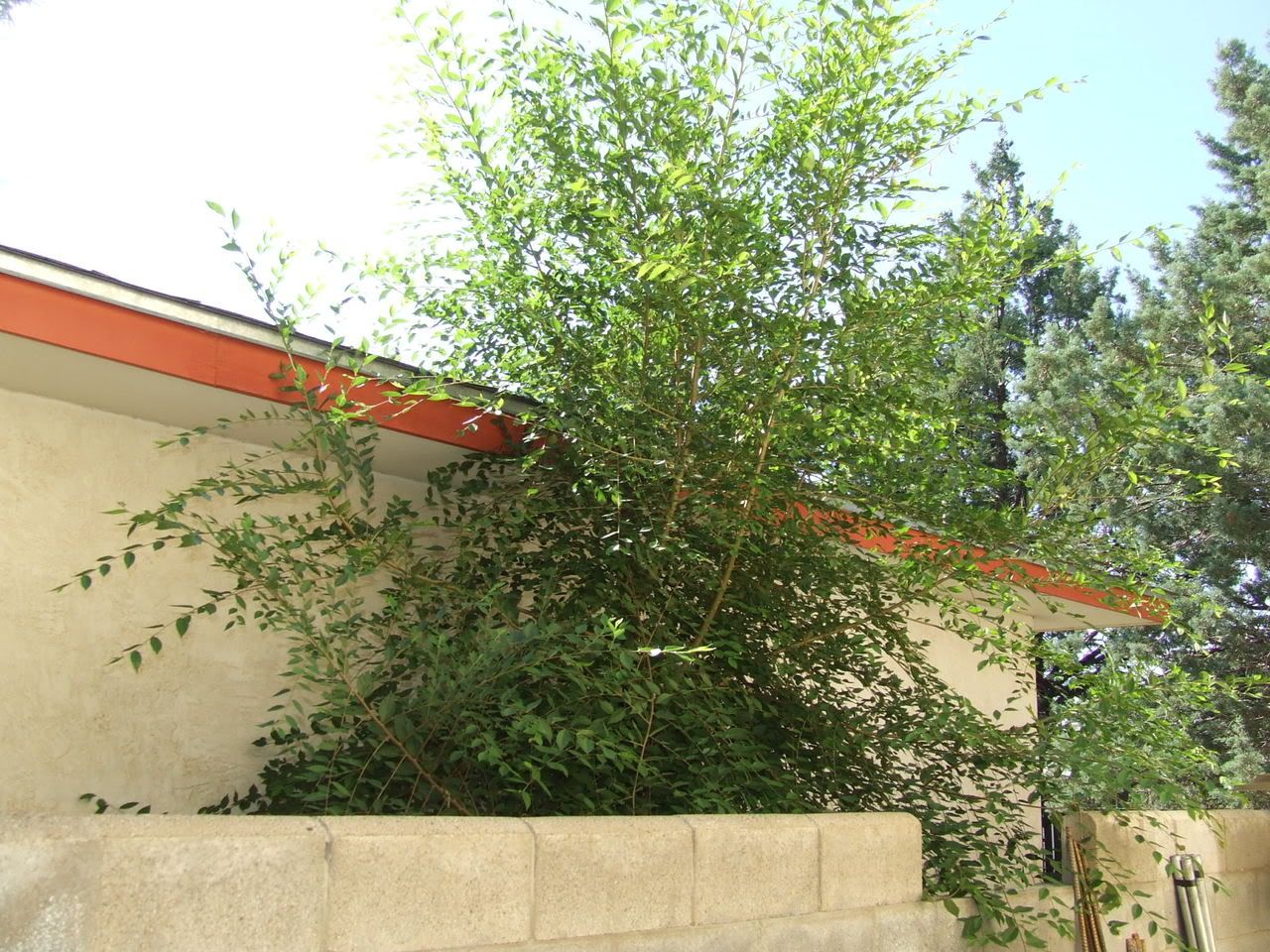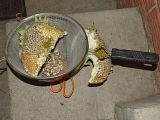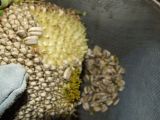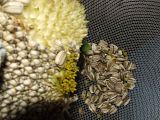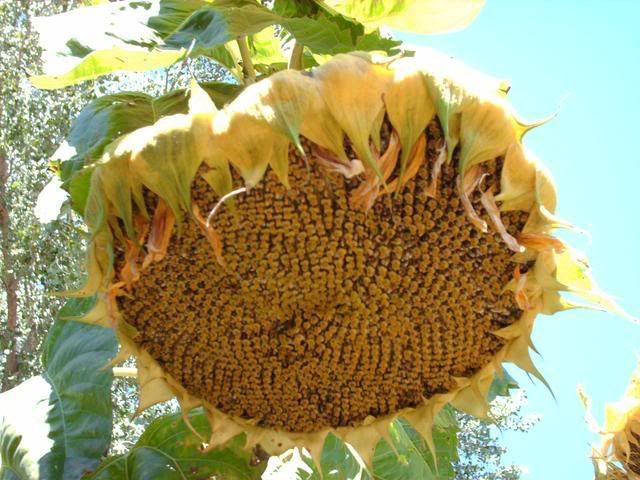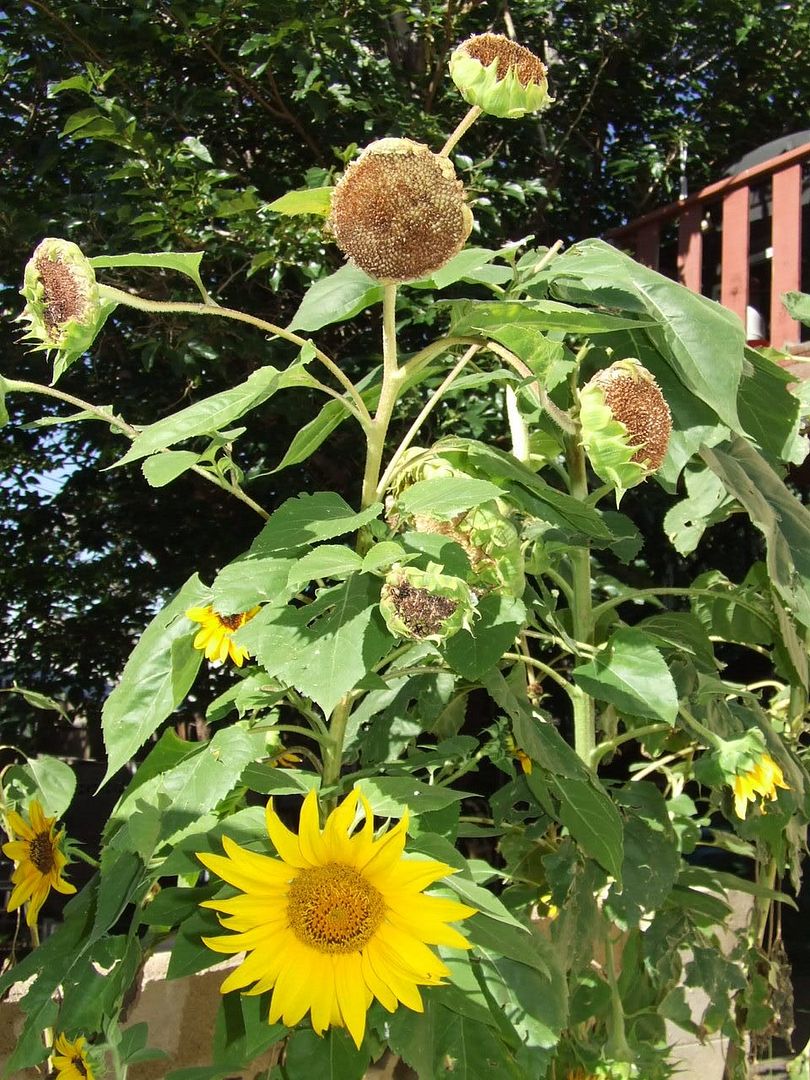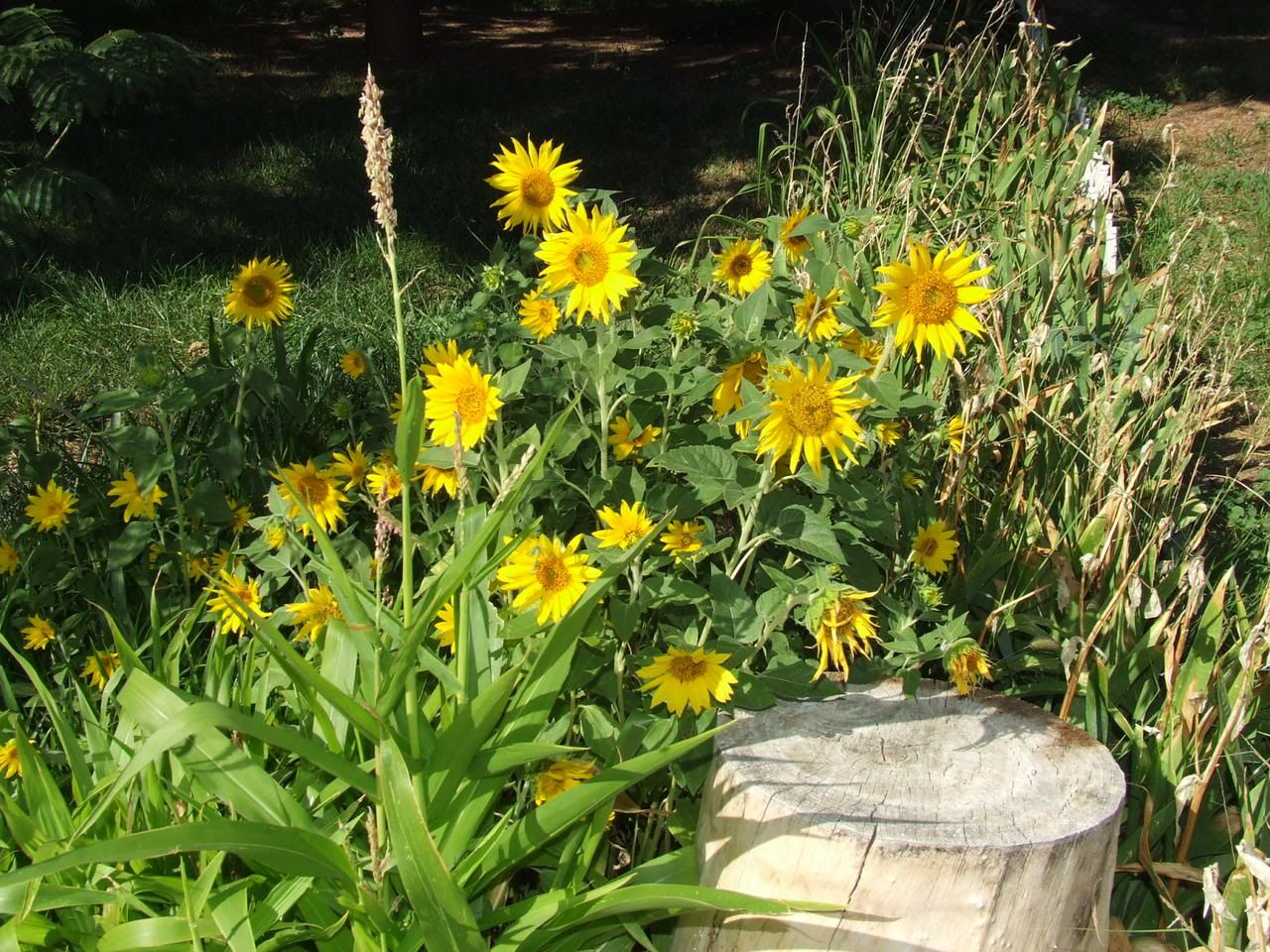Twenty five. That's a stopping place. I do have some other photos from my first day of walking up to the big patch of goat heads. There are lots of weeds whose names I don't know.
I'm really enjoying seeing the other participants' lists and photos, and if you go to any one of them you'll probably get to others still. Some people live right next to wild-growing incredible beauty. I guess I do too, but I'm used to this stuff, and theirs seems as exotic as something from another world sometimes.
I think I can get to fifty. I will have to do some research to get to a hundred, so I'm thinking of conceding right now to the original charge (quoted at the bottom of the blogpage) that I might be one of the most people who can't name 100 plants within walking distance.
My "failure" in this area, though, reminds me of Howard Gardner's theory of intelligences. This plant naming is an intelligence called "Nature Intelligence." It's a sorting and naming intelligence, so it applies to bugs and automobiles and heraldry and Magic cards too—the ability to categorize and recognize things. When Kirby was a toddler, we could show him something we found on the floor—a piece of plastic or a knob or a game piece or a screw—and he would know what it had come off of or fallen out of or belonged to in the house. He totally has that.
This is not my talent, but I do enjoy learning about these plants, and I kinda surprised myself with the stories that come with them. I like that too, that each plant is connected to places and people, for me. To history, and geography, and particular neighbors.
In Henry V there's a speech in which he says there are things he can do, but mushy love-talk isn't one of them.
Marry, if you would put me to verses, or to dance for your
sake, Kate, why you undid me; for the one, I have neither
words nor measure, and for the other I have no strength in
measure, yet a reasonable measure in strength. If I could win a
lady at leap-frog, or by vaulting into my saddle with my armour
on my back, under the correction of bragging be it spoken, I
should quickly leap into a wife. Or if I might buffet for my
love, or bound my horse for her favours, I could lay on like a
butcher and sit like a jack-an-apes, never off. But, before God,
Kate, I cannot look greenly, nor gasp out my eloquence, nor I
have no cunning in protestation; only downright oaths, which I
never use till urg'd, nor never break for urging.there's the rest of that scene
He's saying he's no good at poetry or music or dancing, but he's good at strength and fighting and horsemanship, and he can keep an oath, but can't speak romantically.
Had someone asked me to name 100 musical instruments, I could—and could play several of them. If someone asked me to quote from 100 movies without looking anything up, I could. Name 100 books with their authors. I could do that as fast as I could type them down, I think. "Sing 100 traditional ballads or songs." I could do that. Identify 100 traditional ballads from a snippet, heard or read. Out of all the ballads in the world I could identify 100. Out of 100 someone else chose, maybe 70.
I've been inside more than outside in my life. I used to get grief for it. "Put that book down and go outside." That probably served to keep me in more than to get me out, in the longrun. My sister said something about my late-blooming green thumb recently. I only started really caring about my yard and wild plants fairly recently.
So this blog is fun but I concede the race. I might not be posting so frequently here for a while, but I did take a bunch of photos yesterday and will get to cataloging those. And I haven't done my onions yet!
If anyone wants to share the URL of another 100 Species site that's not listed in the sidebar, please leave it and I'll add it.
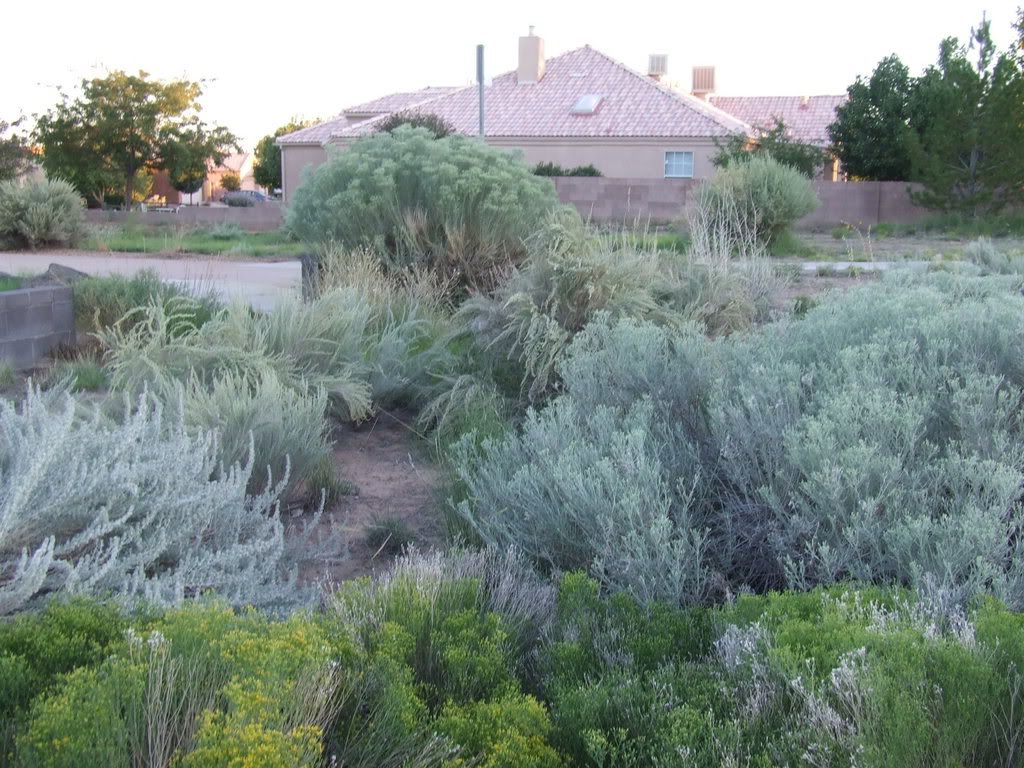


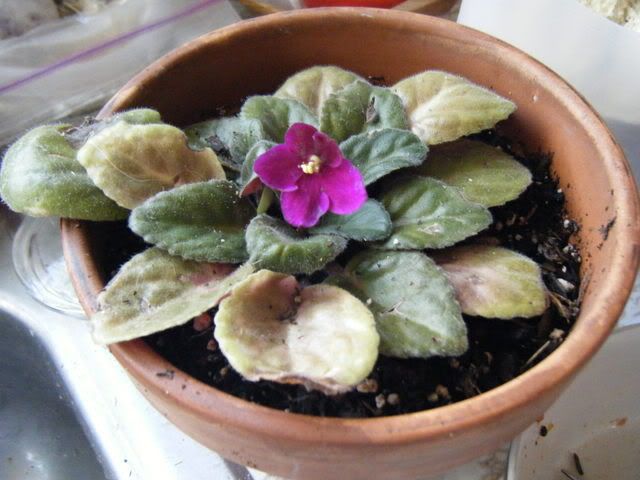
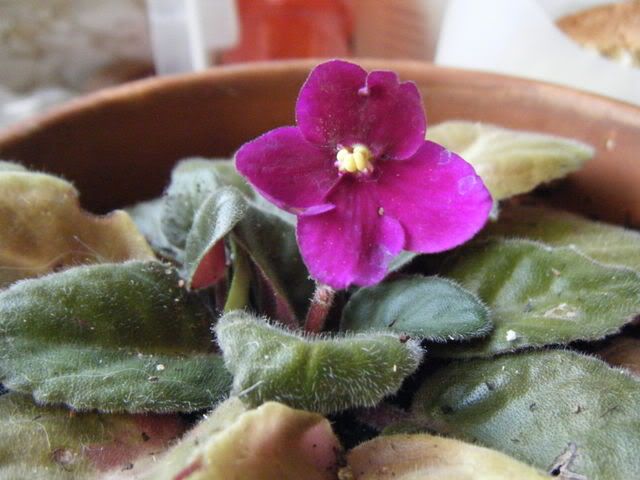
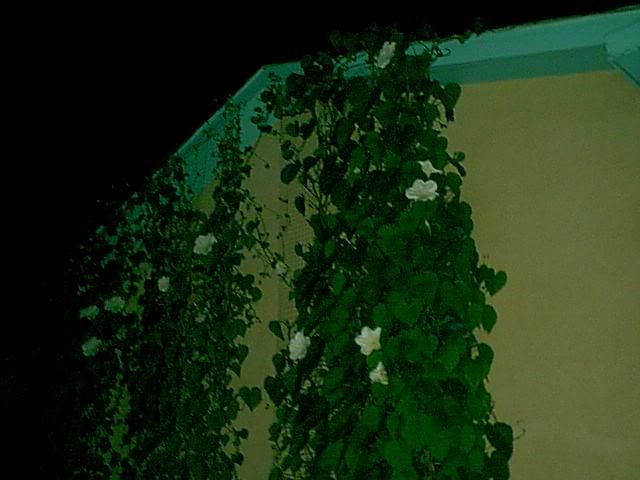
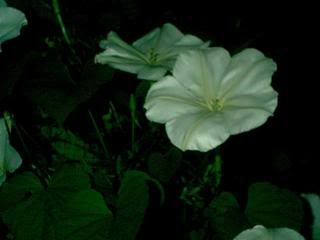
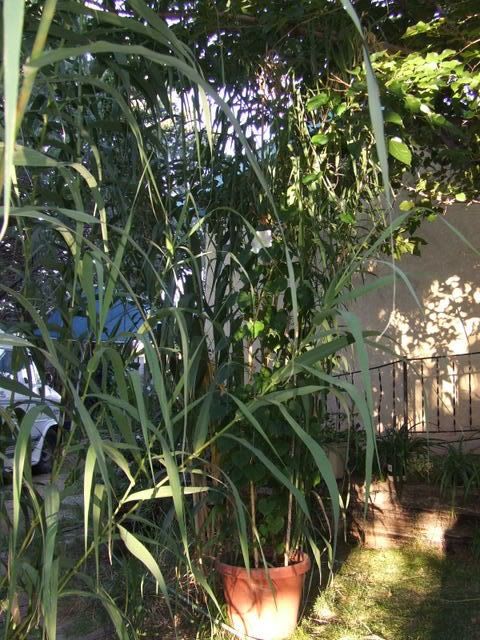
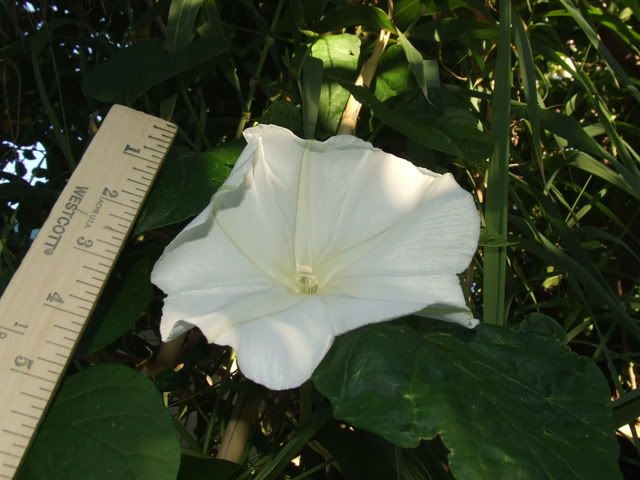
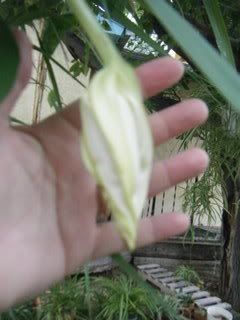
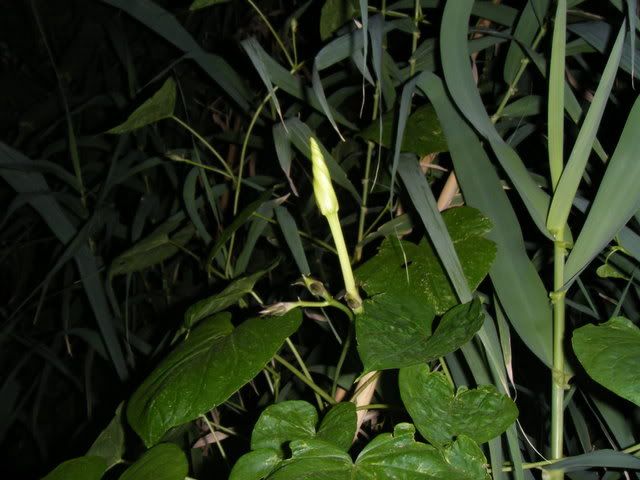
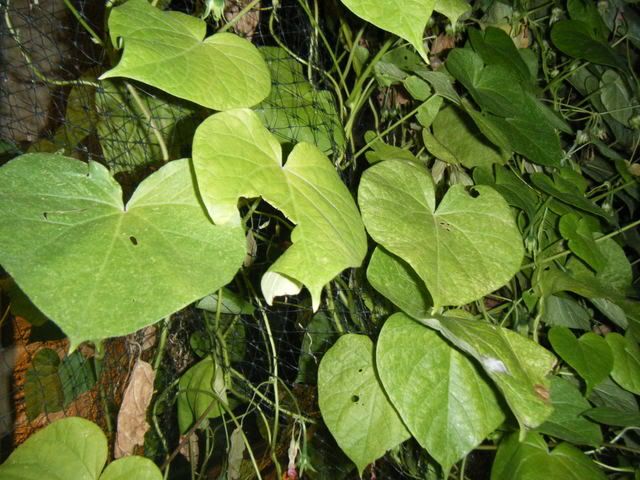
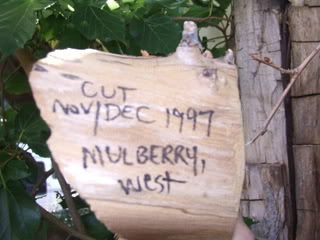
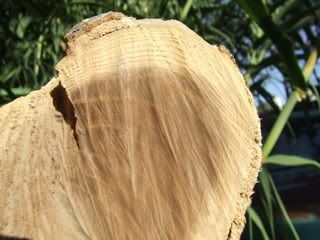
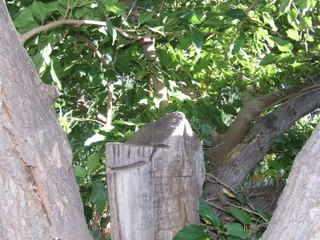
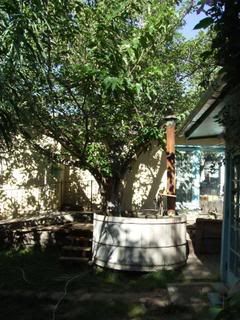


 The other tree is on the east side of the back yard, not so near the house, but the upper branches come onto the deck which is outside the library (the room above the garage). Keith put beams to catch water, and we have drained the hot tub here many times, so it continues to recover. Holly has always liked to climb it, and swing on the large, soft rope Keith put up in there years ago.
The other tree is on the east side of the back yard, not so near the house, but the upper branches come onto the deck which is outside the library (the room above the garage). Keith put beams to catch water, and we have drained the hot tub here many times, so it continues to recover. Holly has always liked to climb it, and swing on the large, soft rope Keith put up in there years ago.